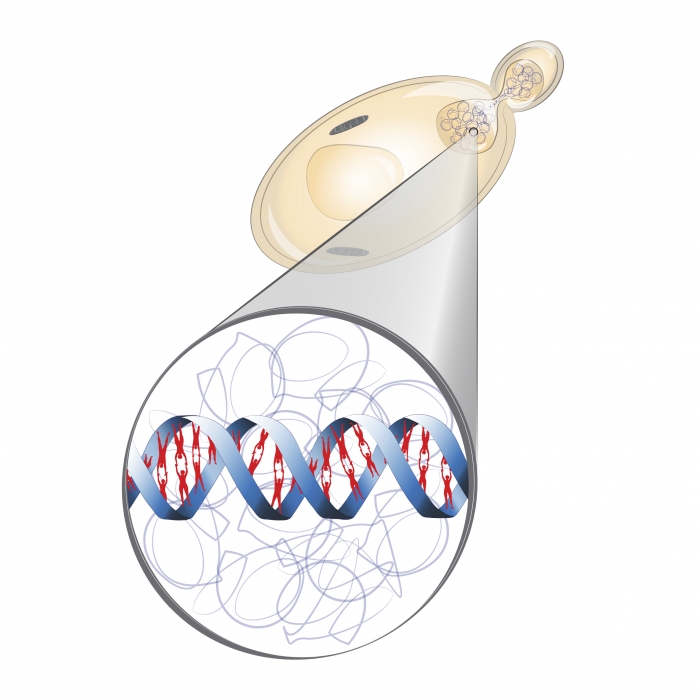2015 Summer Blockbusters: Meet Our Science Truth Detector
With summer movie season in full swing, cinema-goers are leaving theaters with one big question in mind: “Wait, could that really happen?”

With summer movie season in full swing, cinema-goers are leaving theaters with one big question in mind: “Wait, could that really happen?”
A team of scientists and engineers at The University of Texas at Austin has identified the first sensor of the Earth’s magnetic field in an animal, finding in the brain of a tiny worm a big clue to a long-held mystery about how animals’ internal compasses work.

A team of scientists and engineers from Columbia University, Seoul National University (SNU), Korea Research Institute of Standards and Science (KRISS) and The University of Texas at Austin have demonstrated — for the first time — a visible light source using graphene, an atomically thin form of carbon. This new type of light source could form the basis of faster communications devices and computer displays that are thin, flexible and transparent.
University of Texas at Austin freshmen, working to develop do-it-yourself health care diagnostics, make up a research group that was announced today as a Grand Challenges Explorations winner, through an initiative funded by the Bill & Melinda Gates Foundation.
The Giant Magellan Telescope (GMT) has announced a major milestone today with 11 international partners including The University of Texas at Austin unanimously approving its construction, securing the future of the project with more than $500 million to begin work on the world's most powerful optical telescope. The decision initiates final design and fabrication of the GMT, which is poised to become the largest optical telescope in existence.
Despite a billion years of evolution separating us from the baker's yeast in our refrigerators, hundreds of genes from an ancestor that we share live on nearly unchanged in us both, say biologists at The University of Texas at Austin. Read more about Edward Marcotte and his team's research: Partly Human Yeast Show A Common Ancestor's Lasting Legacy
As the College of Natural Sciences’ public health program celebrates its fifth anniversary this year, we visit with some of the people who know the program best.
 Despite a billion years of evolution separating humans from the baker’s yeast in their refrigerators, hundreds of genes from an ancestor that the two species have in common live on nearly unchanged in them both, say biologists at The University of Texas at Austin. The team created thriving strains of genetically engineered yeast using human genes and found that certain groups of genes are surprisingly stable over evolutionary time.
Despite a billion years of evolution separating humans from the baker’s yeast in their refrigerators, hundreds of genes from an ancestor that the two species have in common live on nearly unchanged in them both, say biologists at The University of Texas at Austin. The team created thriving strains of genetically engineered yeast using human genes and found that certain groups of genes are surprisingly stable over evolutionary time.
The world's largest society of professional ecologists will recognize Eric Pianka with its top award for achievement in the field.